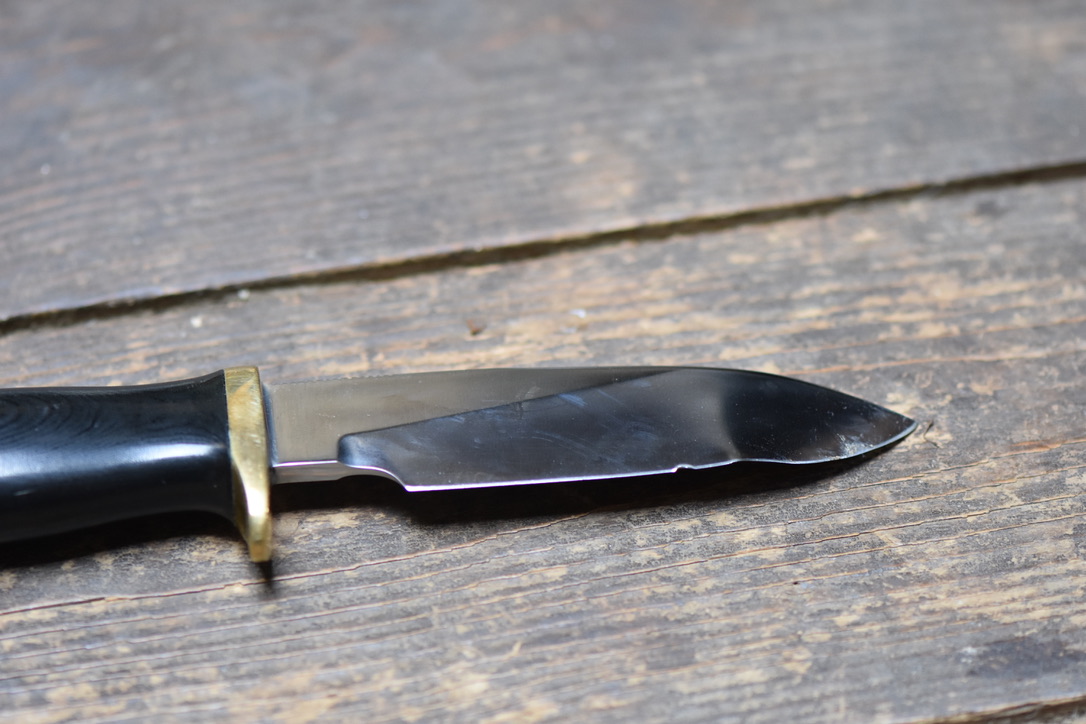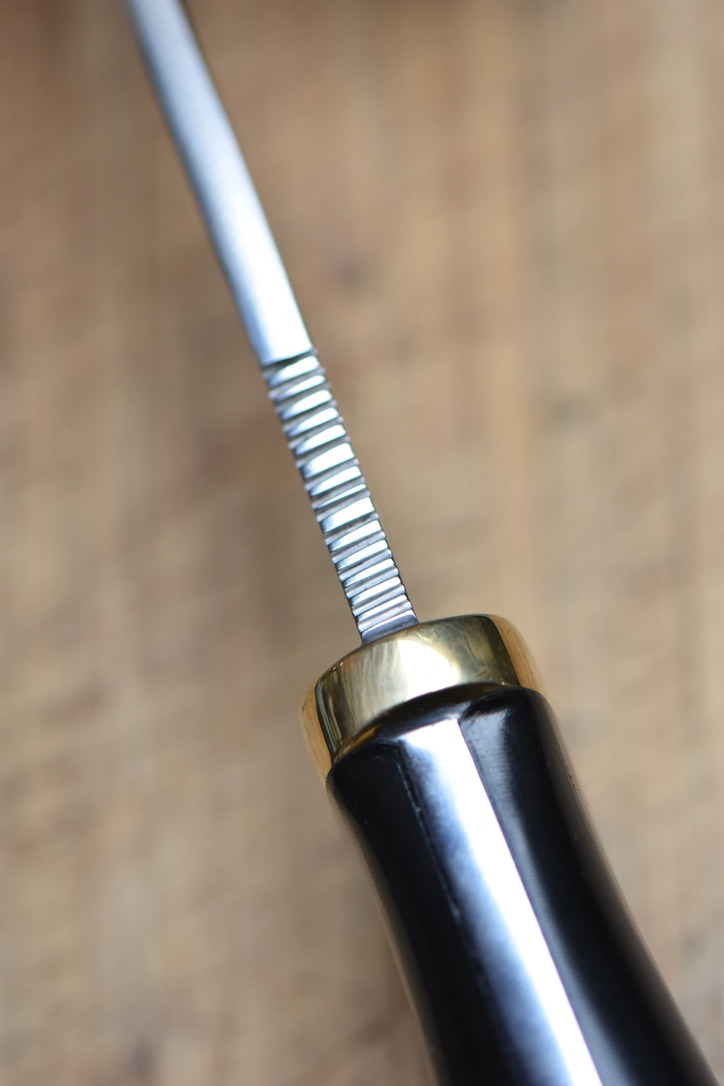Monofletch
Gold Member
- Joined
- Jan 14, 2010
- Messages
- 10,174
I will buy “super steels” as long as they can chop cinder blocks and hold 200# of free weights!
Seriously though…. You need to find the designs you like and trust the maker gives you the best product they can.
Quick question- who would buy a 20CV screwdriver?
Seriously though…. You need to find the designs you like and trust the maker gives you the best product they can.
Quick question- who would buy a 20CV screwdriver?




